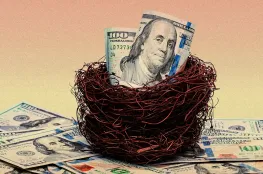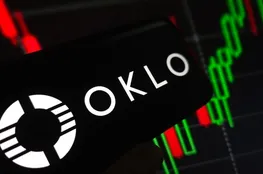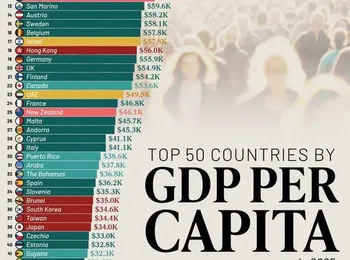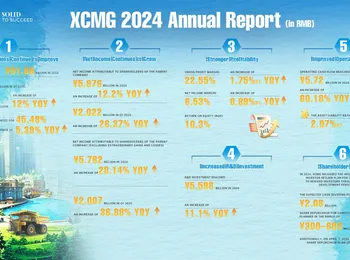The S&P 500 index is hovering near all-time highs. And its yield is a painfully low 1.3% or so today. If you are a dividend investor, don't despair; there are still plenty of high-yield options out there. And you don't have to take on huge risk to get yields that are more than four times larger than what you could collect from an S&P 500 index fund. Here's why ultra-high-yield Realty Income ( O -0.09% ) and Bank of Nova Scotia ( BNS 0.38% ) should be on your buy list in 2025. The yield is not all right Markets rise and markets fall; that's just a fact of life on Wall Street. But sometimes they go to shocking extremes as they traverse the path between the two ends of the pendulum's arc. Right now, the S&P 500 index is near all-time highs, leading to a very disappointing yield of just 1.3%. You can argue about whether or not the valuation of the S&P makes sense. But the yield is most certainly not going to entice dividend investors looking to maximize the income they generate from their portfolio. However, the S&P 500 is an average; underneath that are a lot of stocks that offer a broad spectrum of dividend yields. And beyond the index are thousands of other investment opportunities, some of which have attractive yields, too. If you take the time to look, you can still find safe dividend stocks that will reliably pay you for years to come. Two of the most attractive right now are Realty Income and the Bank of Nova Scotia, or Scotiabank. Here's why.
Realty Income: A lofty yield and great dividend track record Real estate investment trust (REIT) Realty Income's dividend yield is currently around 5.6%, which is over four times larger than what you would collect from an S&P 500 index fund. And that dividend has been increased annually for 30 consecutive years, which is an impressive track record of growth. The company is designed to be a slow and steady income tortoise. It owns over 15,600 net lease properties, which is a huge portfolio. They are spread across the U.S. and European markets. Although retail is the big focus for Realty Income, it also has exposure to industrial properties and a large collection of other assets -- vineyards, casinos, and data centers , among other things. A net lease requires tenants to pay for most property-level operating costs, which reduces risk for the REIT. That portfolio is backed up by an investment-grade balance sheet . And that, along with industry-leading scale, tends to allow advantaged access to capital. It requires a lot of capital to grow a business this large, but the REIT has plenty of levers to pull and the financial wherewithal to do so. Just go in understanding that the yield is likely to make up a material portion of your total return. But if you are a dividend lover, that's probably what you want anyway.
Bank of Nova Scotia: It easily handled the worst of times Canadian banking giant Scotiabank doesn't have the same dividend streak as Realty Income. In fact, its annual streak of dividend increases is currently at one year. But that fact is actually part of what makes the stock so attractive, given its lofty 5.8% yield. The dividend was held steady in 2024 as the company worked to readjust its business focus around Mexico, the United States, and Canada, while reducing exposure to less attractive markets in Central and South America. The dividend hike in 2025 was a sign that the business is back on track. The pause and hike here have to be looked at in a broader context. For example, during the Great Recession, when large U.S. banks were forced to cut their dividends, Scotiabank held its payout steady. And then, when the economy improved, it started hiking it again. It has a very long history of reliably paying a dividend, going back to 1883. The key here is that Canadian banks live under very strict regulations that have left a conservative ethos in the country's banking sector. To be fair, Scotiabank has been a bit of an industry laggard. Which is why it has adjusted its business model to focus on higher-growth opportunities. The dividend increase in 2025 appears to be a signal that the business revamp is progressing well. And that is a great reason to add this ultra-high-yield reliable payer today.
























